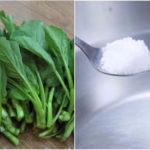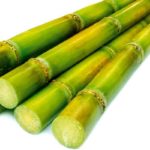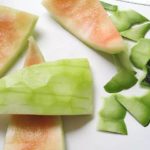The color of Chinese cabbage can be either green or white, and it’s not because they are different varieties, but mainly due to the way they are cultivated, farmed, environmental conditions, and planting time.
When is it green and when is it white?
White Chinese cabbage usually appears early in the winter season. They are harvested earlier and have not had enough time for photosynthesis. Therefore, white Chinese cabbage has less chlorophyll. On the other hand, green Chinese cabbage is usually grown in fertile areas with a longer growing season. In Vietnam, most farmers grow green Chinese cabbage and the heads are not as firm as imported or greenhouse-grown cabbage. The color of Chinese cabbage, whether green or white, also depends on the geographical location of cultivation. If it is grown in cold regions or in greenhouses, the stems tend to be whiter.
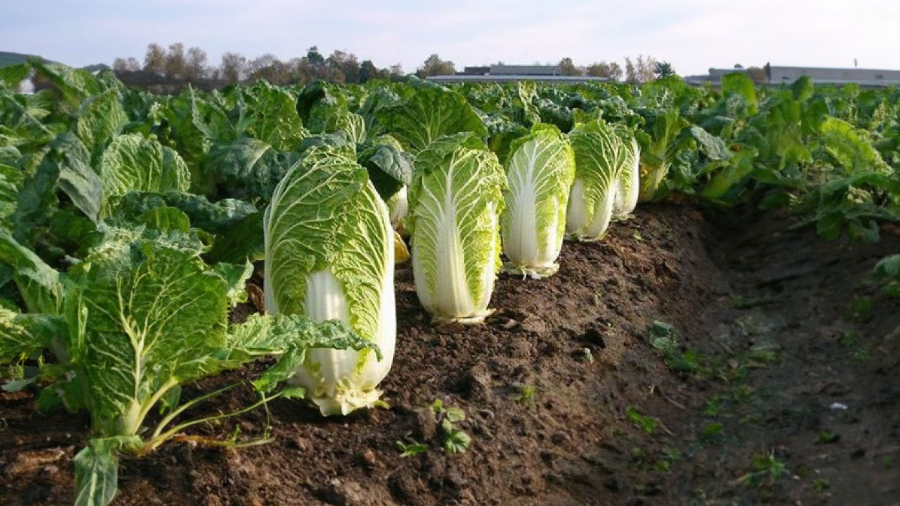
Green Chinese cabbage, being grown for a longer period, contains more fiber and has a richer taste. On the other hand, white Chinese cabbage is softer and has less fiber. Green Chinese cabbage is firmer and more chewy, but it has a stronger taste.
Therefore, if you prefer tender leaves, choose white Chinese cabbage; otherwise, choose green Chinese cabbage. White Chinese cabbage is usually used for stir-frying, mixing, and pickling, while green Chinese cabbage is commonly used for boiling and making soups.
White Chinese cabbage has more water content and is less firm, making it more susceptible to spoilage compared to green Chinese cabbage. Therefore, if you want to buy cabbage for long-term use, choose green cabbage instead of white cabbage.
Furthermore, you should choose between green and white cabbage based on your family’s taste preferences. Chinese cabbage is a type of vegetable rich in fiber and is believed to have cardiovascular benefits, promote brain health, and alleviate discomfort during menstruation for women…
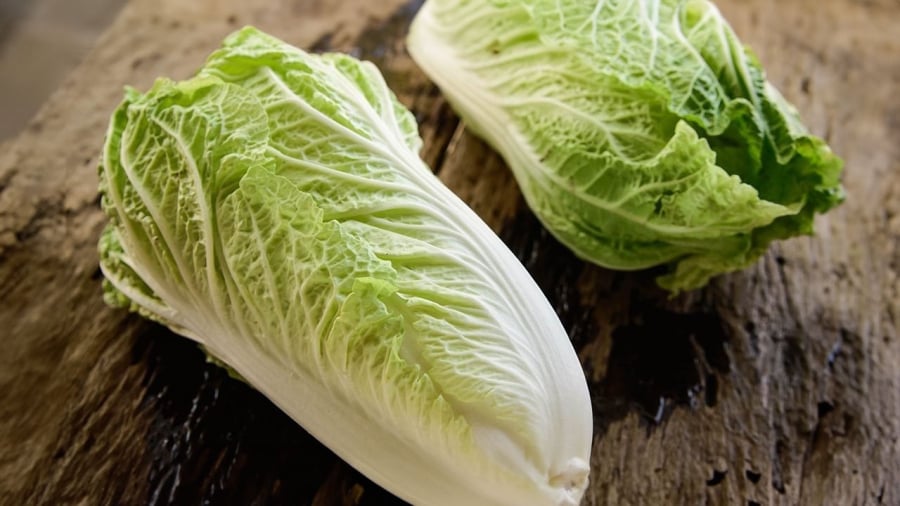
If you find Chinese cabbage with loose leaves and not a tightly packed head, it is likely to be locally grown Vietnamese cabbage.
Things to consider when using Chinese cabbage:
Chinese cabbage is not as clean as you might think. Many people believe that Chinese cabbage, like cabbage or Napa cabbage, is tightly packed and therefore not exposed to dust or mist. However, the truth is that they are also sprayed with pesticides and can be entrapped in the leaves, making it harder to clean. Therefore, when washing, you should separate each leaf and rinse it under running water.
Chinese cabbage is often rich in nitrate content, so it should not be cooked for a long time or reheated. Prolonged cooking can convert nitrate to nitrite, which can be harmful and cause difficulty breathing and nausea.
Overcooking Chinese cabbage can also result in loss of nutrients and an unpleasant strong odor.
If you find the core of the Chinese cabbage rotten while the outer leaves are still fresh, it is advisable to discard it, as it may be contaminated with preservatives.
When buying Chinese cabbage, if you see many black spots on the stems but the leaves are still fresh, it is also not recommended to choose that type, as it shows signs of spoilage and has been left for too long.
It is important to observe the base of the Chinese cabbage stem. If it is dark and wilted, it has been left for too long. This type of cabbage is often left for a long time and is more likely to be contaminated with preservatives.
Chinese cabbage is a popular vegetable for making kimchi, boiling, and making soups. Since Chinese cabbage is imported in large quantities, you need to pay more attention when selecting this vegetable to ensure it is fresh and clean.
Chinese cabbage is not suitable for juicing as it contains fewer nutrients and more fiber. Chinese cabbage should also not be cooked in copper cookware as it can reduce the vitamin content.
Uncover the Surprising Health Advantages of Sugarcane Juice
Do you believe in the power of sugarcane juice? From giving your body an energizing natural boost to detoxifying your liver and aiding digestion, this drink offers an array of benefits. Not to mention its ability to help maintain healthy teeth, clear up skin, and combat fatigue. Have you ever wondered what wonders a simple glass of sugarcane juice can do for you?
























